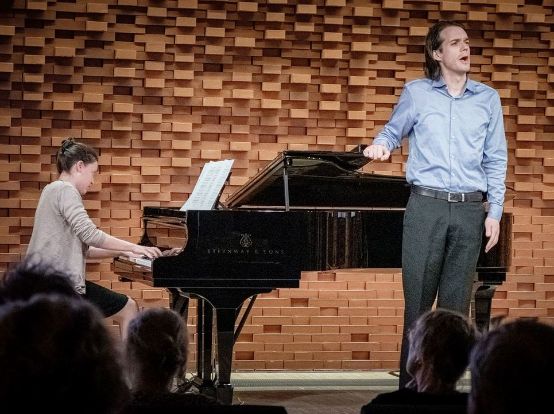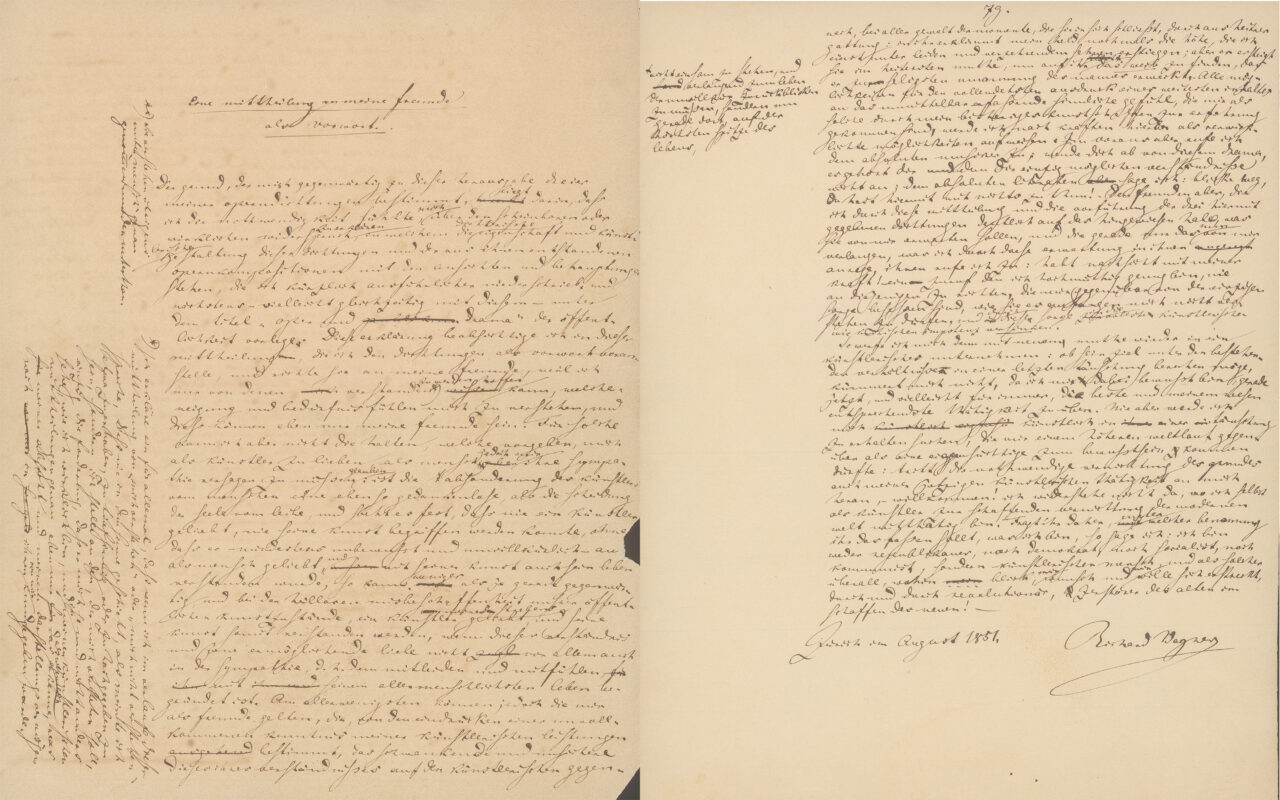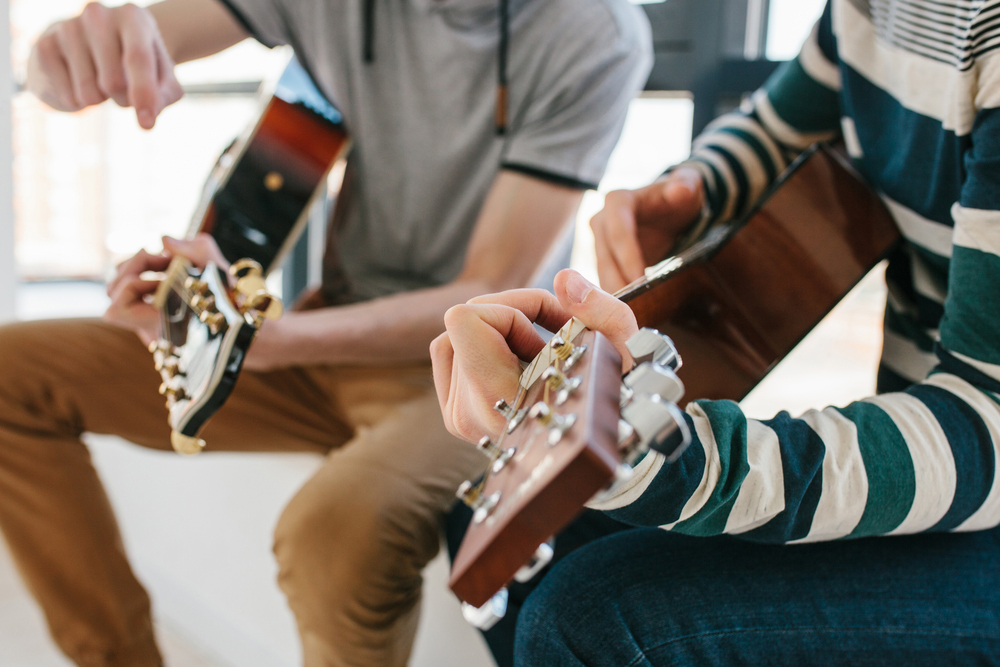Linguistic melody in poems
A research team from the Max Planck Institute for Empirical Aesthetics (MPIEA) in Frankfurt am Main has devoted itself to the interface between music and language in three consecutive studies.

Poems each have their own linguistic melody, which is also perceived as such. This can be described using statistical measures such as the so-called repetition measure, which is based on rhyme, meter and stanza structure. In their first study, the MPI team used the repetition measure to analyze recitations of 40 relatively unknown German poems.
They found that individual poems or stanzas have distinct text-controlled pitch and duration contours, just like sung songs and other pieces of music. They found that poems with higher repetition masses were more likely to be set to music than those with lower repetition masses. The more pronounced the speech melody, the higher the probability that a poem will be set to music.
Original article:
https://www.aesthetics.mpg.de/institut/news/news-artikel/article/sprachmelodie-in-gedichten.html







